Updated March 2021
Calculating your body fat is a complicated process since traditional scales don’t differentiate between body fat, muscle, and bone, and this is necessary if you want a proper reading. So, when it comes to measuring using BMI vs body fat, which is the winner?
Monitoring your body fat is not as straightforward as we would hope it to be, and so many people end up with completely incorrect approximations of their body fat percentage.
If you are trying to lose the right type of weight—body fat—instead of losing your muscle mass, you should regularly monitor your progress using a body fat percentage measuring device or a BMI calculation method.
Keeping track of your body fat percentage is important no matter what fitness level you are on. A healthy BMI and body fat percentage are necessary to keep track of your overall health by knowing what your body’s fat content is.
This compact guide will show you how to choose the right method to measure your progress along your weight loss journey, especially if you are aiming to do more in the gym than just lose weight.
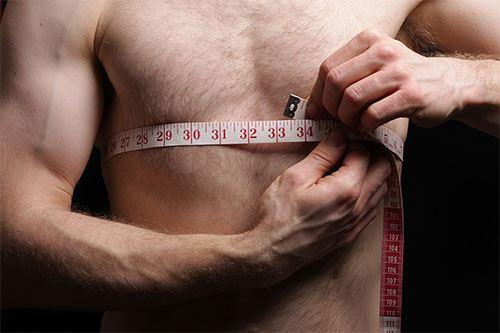
Apart from using a traditional weighing scale, you can also measure your BMI or body fat percentage if you would like a more in-depth picture of your progress.
So, what is the difference between BMI and body fat? While many people may think that body fat percentage and BMI measuring are the same, in reality, they should be used for different purposes or stages in your weight loss journey.
Understanding the two methods will help you monitor your weight loss or fitness progress with clarity and ease. To help you with this, here is a brief primer about body mass index and body fat percentage:
What Is Body Mass Index (BMI)?
BMI or body mass index is a simple measure of a person’s weight in relation to their height.
Your BMI is not a percentage of your body fat, but a score that helps ascertain if you are fit, overweight, or underweight.
If you have too much weight for your height, the difference in weight is usually assumed to be excess fat.
Even though many health care providers claim that body mass index is not an accurate measurement, it is the least expensive and the easiest way to ascertain if your body fat is too high or too low.
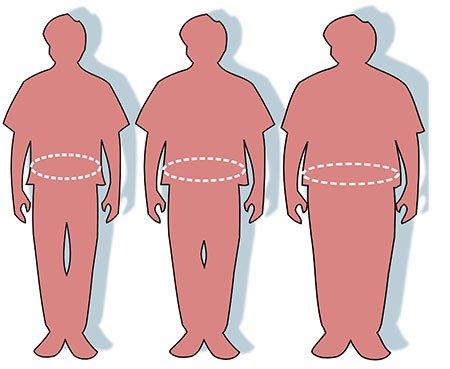
Generally, a BMI of 25 or higher is considered overweight and you could be at a high risk of high blood pressure, diabetes, heart disease, and other serious illnesses.
What Is Body Fat Percentage?
Your body fat percentage is your total fat divided by your weight.
The measurement helps you determine what percentage of your body is fat, and what percentage is bone, organs, blood, and muscle.
For instance, if a person has 15 pounds of fat and weighs 150 pounds, they have a body fat percentage of 10%.
Body fat percentage not only changes automatically when you lose or gain fat, but it also changes when you lose or gain muscle. In addition, both women and men have different body fat percentages.
For instance, an extremely fit man can have a body fat percentage as low as 3 to 4%while an extremely fit lady can only get to 8 or 9%.
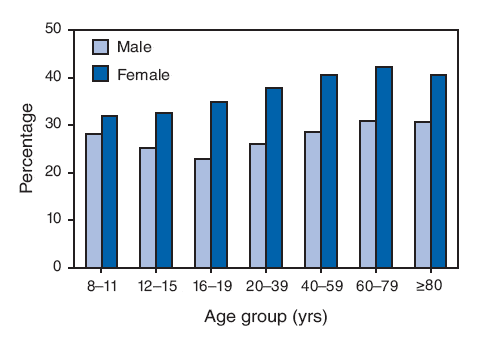
Image : cdc.gov
The average fat is between 25 and 31%for women and 18 to 25% for men. Also, note that your fat percentage has nothing to do with your muscle mass in terms of your appearance.
This typically means you can have 2 different people with the same fat percentage who look quite different.
What Is The Difference Between BMI & Body Fat Percentage?
Determining body fat percentage involves more factors than BMI.
It takes into consideration how much of a person’s weight is bone, muscle, and fat while BMI doesn’t.
This means you can have an appealing BMI, but still carry some weight in your belly, which increases your risk of heart disease due to the number of unhealthy fats in your body.
Nonetheless, most fat measurement techniques have a margin of error of between 1 to 4% and are not easily accessible.
The body mass index, on the other hand, is easy for most people to calculate on their own at home using a very simple mathematical calculation.
How To Measure/Calculate Your BMI
To determine your body mass index, you or your healthcare provider will need to know your height and weight.
Then take the weight in pounds, multiply it by 703, and divide by height in inches squared.
Alternatively, you can use the metric method where you take the weight in kilograms and then divide it by your height in meters squared.
The easy way is using an online BMI calculator such as the one available at the National Heart Lung and Blood Institute.
You can also find “BMI Tables” that are easily read such as this one from Wikipedia:
Once you get the number, use this table to evaluate your health:
- Obese: more than 30
- Overweight: between 25 and 29
- Normal: between 18.5 and 24.9
- Underweight: less than 18.5
But if you fall into the obese or overweight categories and your weight is okay, you may also want to consider other factors. For example, athletes and bodybuilders may have excess weight that is muscle weight and not fat.
There are other factors such as your ethnicity, diet, and age that may also affect your BMI. This makes it hard to gain an entirely accurate calculation using only your body mass index.
How To Calculate Your Body Fat Percentage
Body fat percentage can be measured in several ways:
Calipers
Calipers pinch your skin lightly in different areas of your body. In women, the thigh, hip, and triceps are measured.
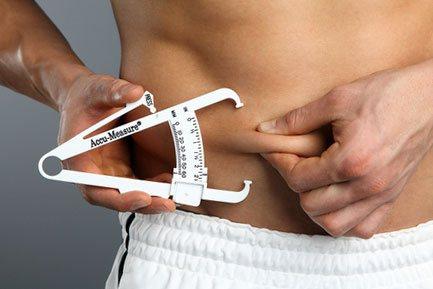
In men, the thigh, abdomen, and chest are measured.
Then based on these measurements, your body fat can be approximated. The method can be difficult to approach, but it is the least expensive.
BIA Scales
Smart scales use bioelectrical impedance analysis to measure your body fat percentage. They run a tiny current between your feet and read various metrics to determine your body fat percentage in just a few seconds.
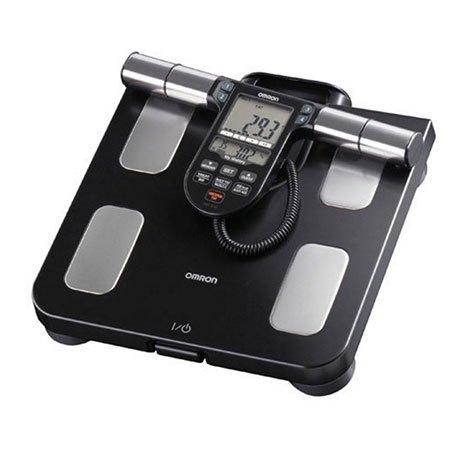
We reviewed the best body fat analyzers, so check out the article if you want to learn more.
DEXA Scan
A highly accurate method. It takes a dual x-ray of your entire body and gives numbers. You can do this in a medical facility.
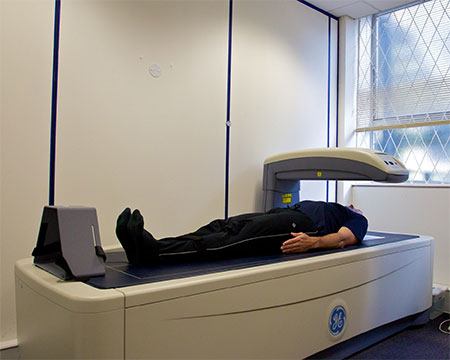
There are other methods to measure your body fat percentage, but the most common are the three methods above.
BMI Vs Body Fat FAQs
Is BMI The Same As Body Fat Percentage?
No, BMI and body fat are calculations of two different elements of your weight. When you calculate your BMI, you are working out a formula that determines whether you are underweight, healthy, or overweight.
Calculating your body fat percentage will help you determine the fat content present in your body in relation to muscle mass as well as that of your organs, bones, and water content.
Why Is My BMI High When I Don’t Look Fat?
Since BMI calculations don’t consider other elements of your body, you could end up with a high BMI rating when you look healthy and fit. This is usually due to the weight of the muscles in your body.
Since muscles are denser than fat, you can have more muscle mass in your body without it being as evident as when you have more fat in your body.
How Can You Reduce Your Body Fat Percentage?
If you are not happy with your body fat percentage or you are in the overweight category, you can lose fat weight through a healthy diet and proper exercise that focuses on strength training or cardio workouts.
Which Is More Accurate, Body Mass Index Vs Body Fat Percentage?
Calculating BMI vs body fat percentage should not be compared to each other since they calculate two different elements of your body weight.
While BMI calculations don’t take into consideration muscle mass, lean muscle, and other components in your body, it gives you a general idea to calculate whether you are overweight, underweight, or in a healthy range.
Body fat percentage calculations work out the actual fat content in your body, as well as giving you a fairly accurate idea of your muscle weight, and the weight of the other components of your body.
Final Calculations
When you are looking to calculate your BMI or body fat percentage, you need to consider what you want to calculate. If you only want a general idea of how healthy your overall body weight is, you can use the BMI calculations.
If you are looking to accurately track your progress during weight loss, you should use a reliable body fat percentage calculation to be able to track your fat loss without the unreliable traditional scales that don’t take muscle mass and water content into consideration.

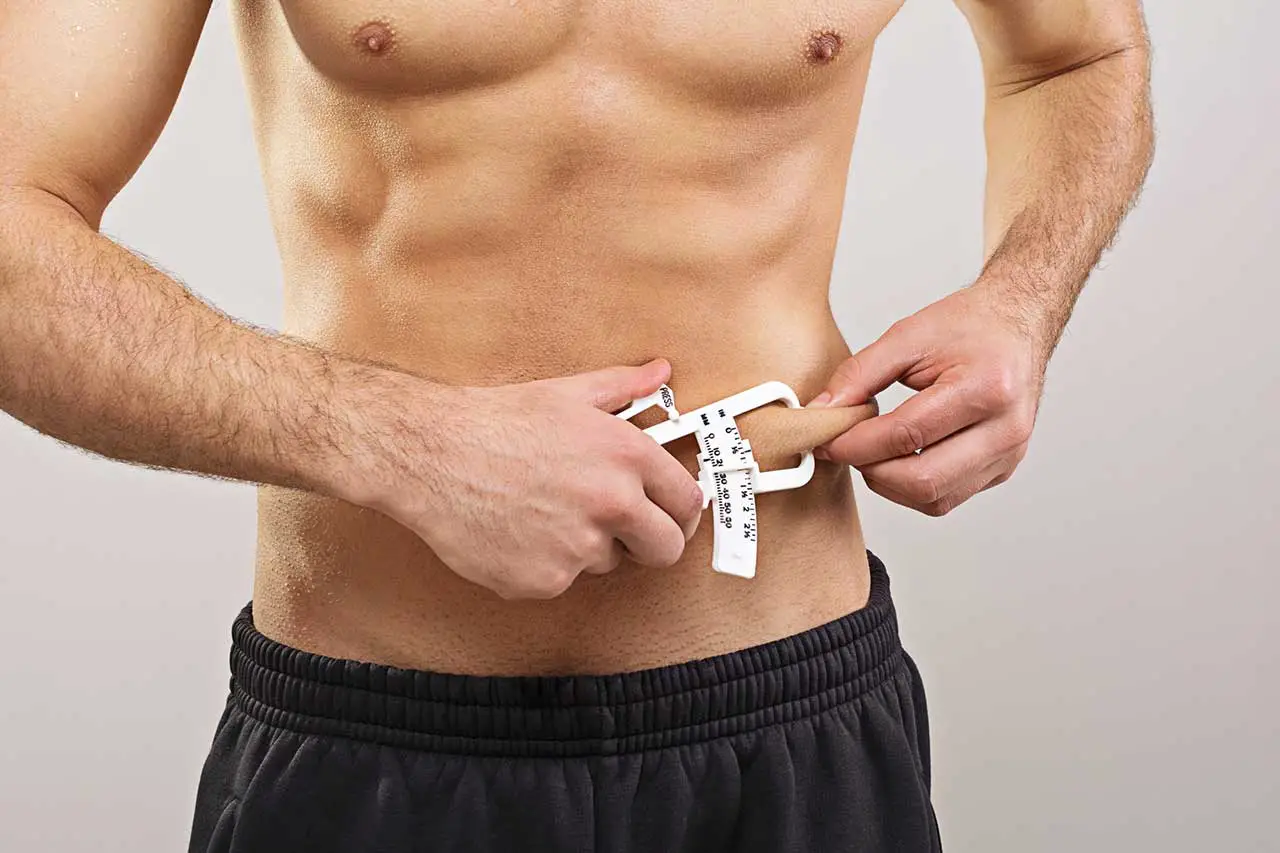
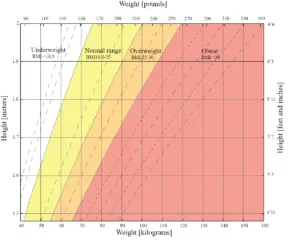



So basically BMI is made for the “average”, non muscle building guy right ?
Also i imagine that something like bone density could have a big impact on BMI. Why are people using BMI at all since this seem like a useless metric?
Indeed, BMI is a poor metric to measure your overall fitness. it is still widely used for two main reasons:
– It’s easy to calculate
Anyone can calculate Body mass index very easily.
– It is correlated to body fat percentage in most cases
Unless you are a confirmed bodybuilder or have a lot of muscle mass, BMI will be correlated to your body fat percentage. It does not mean that it is very accurate, but it gives a close enough idea to use this metric, unless something more specific is required for some reason.
BMI sucks. It causes all kinds of body issues without being accurate. I mean, the person who created the BMI formula (a mathematician BTW, not a doctor) explicitly stated that it could not and should not be used to indicate the level of fatness in an individual.
And for some anecdotal evidence, I submit my own information – I’m 36 years old, 5’9″ and weigh 210. My BMI is 31, or “obese”. My body fat is 17%, which puts me at the top end of the “fit” category.